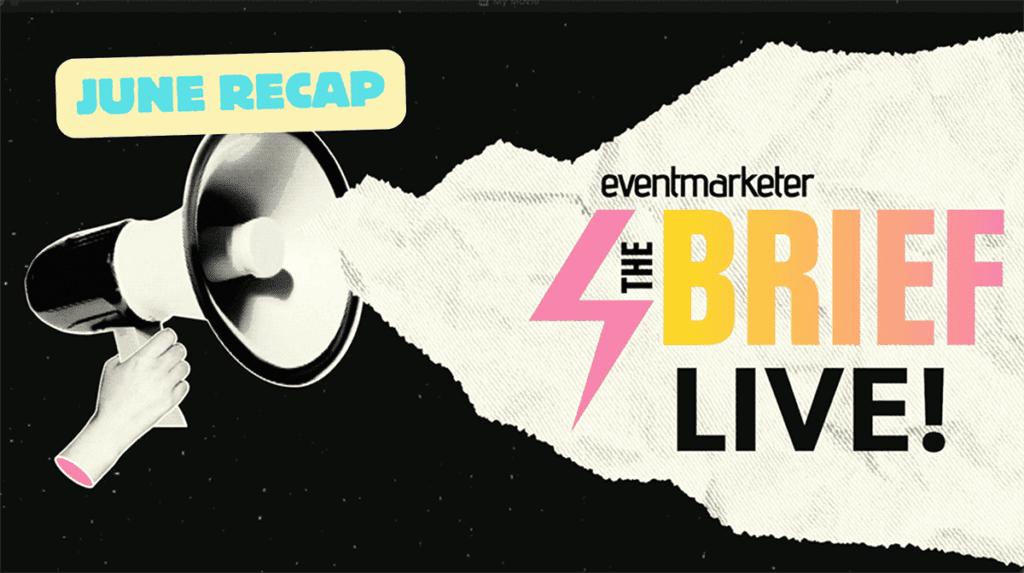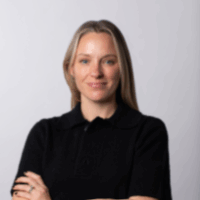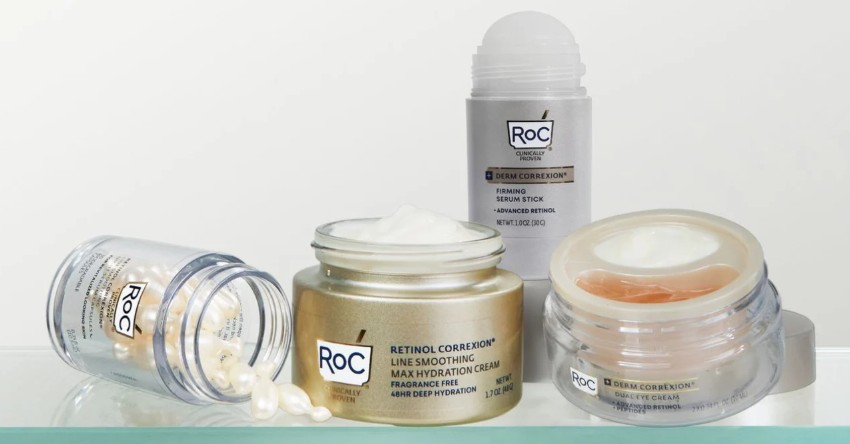When Kristen D’Arcy took over as CMO of D2C wellness brand Homedics six months ago, she inherited a brand refresh at its first stage. But it’s what she created from those assets that made a difference. Actions such as launching a full-fledged brand campaign with a diversified media strategy, updating online creative, and incorporating ecommerce best practices to ease online navigation and encourage conversions led to an 80 percent increase in sales on Homedics’ new website.
We spoke with D’Arcy about lessons learned from previous marketing roles held at PacSun, American Eagle and Ralph Lauren, how influencer marketing is feeding customer acquisition, trends to follow in the D2C world and her plans to leverage educational content to tell Homedics’ brand story.
Chief Marketer: Homedics experienced a huge increase in website sales following a brand refresh. What made the campaign a success for the brand?

Kristen D’Arcy, CMO of Homedics: There was a brand refresh in the works that I inherited–a new logo, new fonts and colors. So when I joined, it was about how to bring this to life in a campaign format. We focused on the idea of living well and being well. That means that Homemedics can stay with you all day. When you wake up in the morning, you can breathe more easily because our air purifier is next to your bed. Say you have pain in the middle of the day. We have massage guns that solve that. And then at the end of the day and in the evening, we can help you put your baby to sleep easier, faster and better because of our sound machines. It’s how we show the brand coming to life and supporting our consumers’ journeys to live better, healthier lives all day long.
Then we created an ad campaign off of that. We updated the website from a creative standpoint as well as from a user experience perspective. We made the site much more easy to navigate, compelling people to experience all of this new content, but also showcase the breadth of our products. And then there was getting this in front of the right eyeballs at the right time at the right place. We worked with an outside media agency that had a very different strategy, both for the brand refresh and our holiday campaign. It was much more diverse in terms of where we put our dollars. And we saw the campaign take off. When we looked at the performance pre the campaign being in market versus post, we saw a sales increase of double digits and continue that strength through the holiday season thus far.
CM: Did anything else contribute to the sales jump? The creative, the targeting, the ease of conversions?
KD: It was a little bit of everything. So, new creative in market that we were constantly optimizing based on what we were seeing. New media channels where we haven’t played before–a much more diverse mix. And then a great retargeting program. We flooded the market with lots of upper funnel media. In late October in particular, we wanted to push holiday sales. And that retargeting pool was so big that when they came back, the conversion was incredible.
The last piece was the website enhancements. A totally new site from a creative perspective. Lots of of different tweaks on the backend were made. Navigation was a little bit different. Promo boxes were added to the cart right before checkout to reinforce purchasing. There were a lot of little best-in-class practices from an ecommerce perspective that were put in place on the tech side of things to help conversions.
CM: You’ve previously held marketing roles in the fashion and apparel industries, including CMO of Pac Sun a couple years back. So this is a shift for you. What are some lessons learned from your previous brands that you’re applying to this position?
KD: Apparel retailers have incredible online businesses, like American Eagle and Aerie. When I left, the online business was over a billion dollars, for example. They really know what they’re doing in terms of site experience, inventory management and site merchandising. I took a lot of that rigor with me over the years. That means treating this like you would any other business. It’s looking back at the week prior and trying to understand on the website what happened, how are the units moving, compared to the forecast.
It’s also about then trying to understand things from a site experience perspective. As I mentioned earlier, we added a call-out in the cart section that reinforces why you should go to the next step and actually check out with us. Did that work? Did we see a lift and conversion on that page? Are we moving them better through the funnel? It’s dissecting everything that’s happening on the site.
CM: How do you specifically work with the marketing team on analyzing these results?
KD: We took it even a step further from a marketing perspective and decided that we wanted to look at our results across every single marketing channel every Monday morning. So, we’re looking at what’s happening on the site, we’re looking at what’s happening in PR. We do this in partnership with the agencies, but it’s also affiliates, influencers [to discuss] what happened in the market last week to look at the bridge between the marketing activity and the sales results.
And again, that rigor was borrowed from some of these really great online brands–Ralph Lauren, American Eagle, PacSun. We do the look-back and then we start to plan what we’re going to do for the next week. Of course, we have a plan that’s set in stone, but this helps after we do the read of the marketing to understand if we need to pivot.
In addition to that, where are we seeing a lot of goodness? There’s a little bit of a shell game that happens among the marketing leadership team where we say, wow, influencers are really taking off, the cost to acquire customers is pretty low there. So let’s take from Peter to pay Paul and fuel that, because for whatever reason, that seems to be working really well. I’ve tried to make marketing think of themselves as business drivers and people who can truly help grow the brand from a sales perspective, both on our own site as well as our retail partners.
CM: It sounds like you’re applying data to your marketing on a daily basis. How is the brand dealing with the fluctuating world of online measurement and privacy consent? Are you leveraging first-party data at all?
KD: Not to the degree that I think we could, and obviously that’s incredibly important as we think about the cookie-less world in the future. More broadly from a data perspective, people are willing to share if you get relevant information served back to you. If you think about the brand campaign of living well and being well, if you can give them information on health and wellness and how that ties to our products, and help make their lives easier, better, without drugs, pain-free, et cetera, then I think there’s an interesting value exchange there. That’s definitely something that we’re thinking about from both the data as well as a content perspective as we go into 2023.
CM: So you’re making content a bigger part of your marketing efforts–the education piece–going forward.
KD: That’s exactly right. Over the last 30 years this company has been successful and grown based on incredible products. Now as we think about the future, it’s how do you tie those products to health and wellness content that people want? We don’t have a singular competitor because we play in so many different areas. Yes, we have massage guns and perhaps there are competitors that focus just on massage, but we also have stretching mats. We have paraffin baths, for example. We have our product Drift. How do you weave all these different stories together from a health and wellness perspective, and then serve up our products as a hero or a solution as well?
CM: When considering the D2C space in general, any thoughts on what you think high-level marketers should be focusing on right now?
KD: We touched on it a few moments ago, but I think the conversation that I’m hearing in the industry is about the cookie-less world and how do you build up your first-party data so that you can learn a lot about your consumers’ market in a personalized way. That’s number one. Number two is social shopping. That’s something that a lot of people are discussing right now. And then three is, what is the role of influencers more broadly? Going back to our strategy, which was mass diversification in terms of where we put our media, what role do influencers play in terms of helping drive sales online?
CM: So they are playing a greater role at the brand?
KD: They definitely are. When you look at the cost to acquire a new consumer, we’re seeing a lot of benefit in the influencer space right now. Tying this back full circle, there’s a great opportunity not only to drive sales, but generate brand awareness and then content. We have an always-on influencer program, but we have two bigger sponsorships this year, and influencers have been helping us ignite both of them. The first is a partnership with iHeartRadio and Jingle Ball, and that was equal parts media play. And then also the content generation that comes from the influencers that we sent to three different Jingle Ball concerts.
We’ve been getting a lot of engagement with that on our social channels and are starting to put that content from a whitelisted perspective into ads to try to drive shopping. It’s showing how the brand can show up in culturally-relevant situations, and then use both that great content and the relevancy to drive back to shopping.


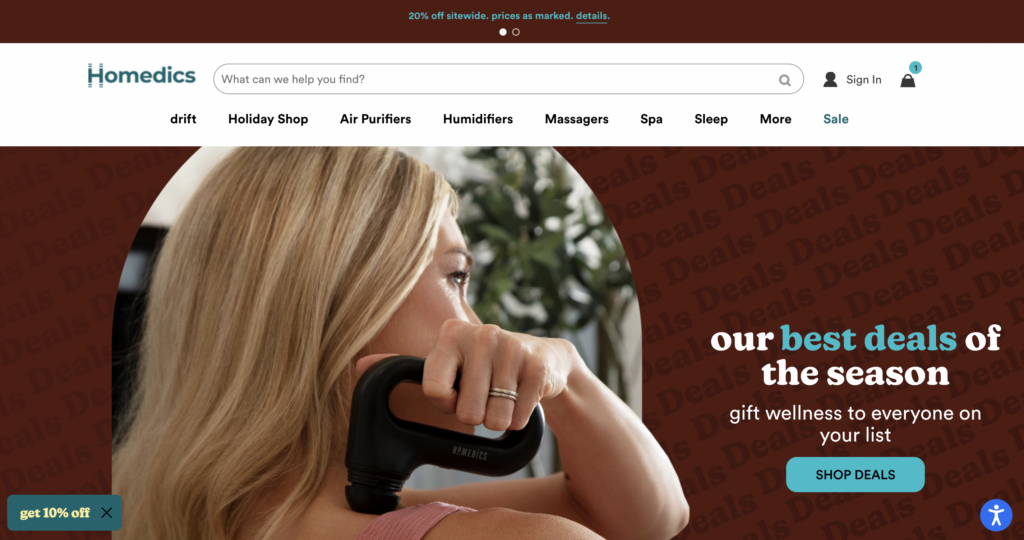
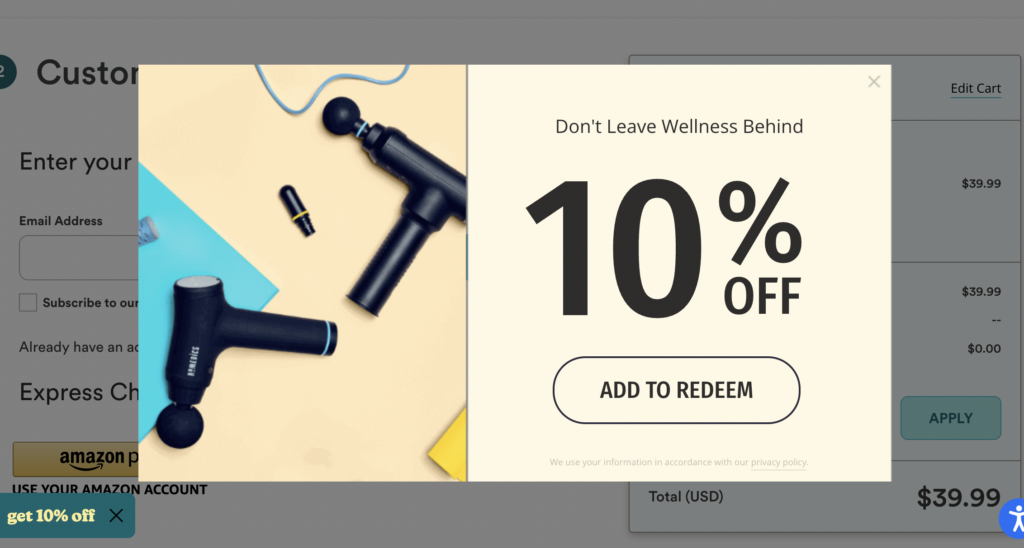


 Network
Network